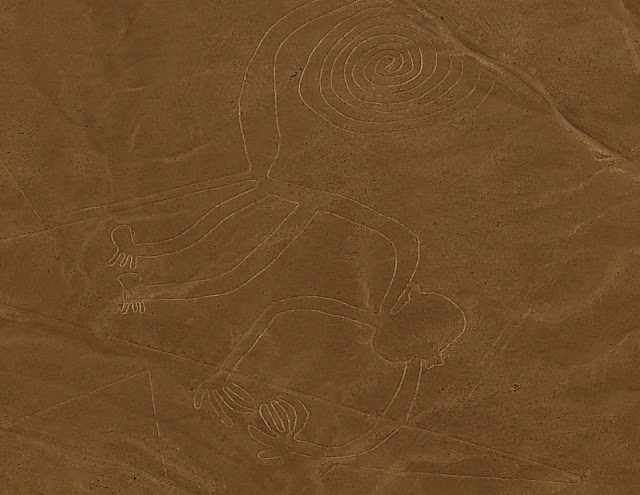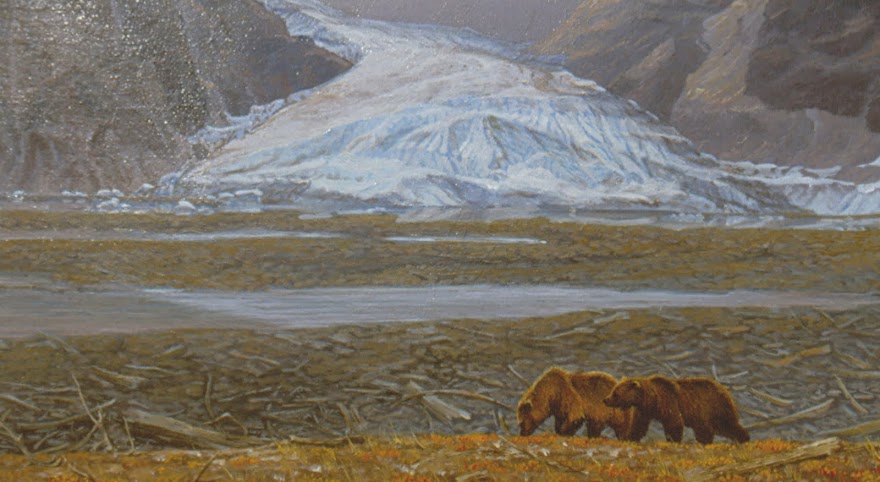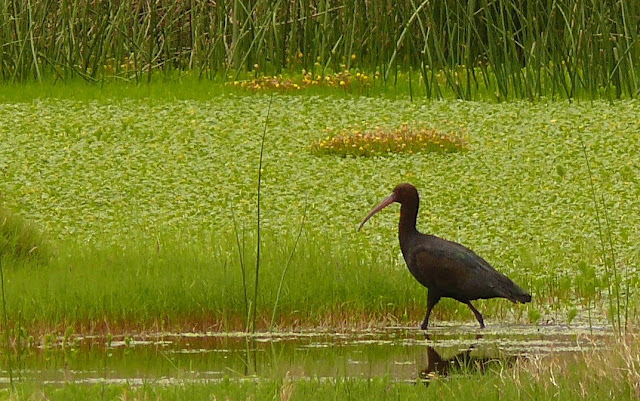Most of the western slope of Peru and Chile is desert that is every bit as barren as the Sahara. The area around the small town of Nazca, Peru gets less than 1/8th an inch of rain a year. Outside of the valleys connected to the Andes, there is no vegetation at all. As inhospitable as it looks, the desert is not nearly as hot as Phoenix or Las Vegas.

Nazca is famous for the mysterious lines in the desert that were made by pre-columbian peoples. Many researchers have postulated on the purpose of these designs that cannot be viewed from ground level. Why would they make a monkey hundreds of yards,(meters), in length? My guess is to send some kind of message to dieties in the heavens.

The figure that is the subject of the most speculation is called The Astronaut. These figures were made by scraping the top layer of the sun-scortched soil to reveal lighter layers underneath.

I decided to try out the technique, so I borrowed a shovel from the hotel, and hired a taxi to take me out to the lines. It took hours to scrape the soil and the taxi driver helped me. How do you like my contribution?
The common sparrow in much of Latin America is the Rufous-collared Sparrow. They occur from the coast up into the high Andes.

Blue and White Swallows are the commonly seen swallows in much of Latin America. This pair was nesting in a bank next to the runway at the small Nazca Airport.

Vermilion Flycatchers occur all the way up to the Southwestern US, and even on the Galapagos Islands.

Croaking Ground Doves really do croak.
The town of Nasca had more in common with Mexico than it did with the Andean towns. I thoroughly enjoyed the place even though there is little to do other than fly over the Nazca Lines. The desert was breathtaking in it's purity.















































